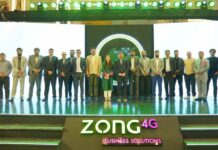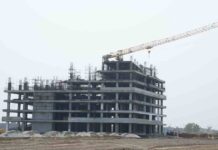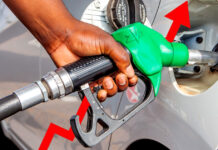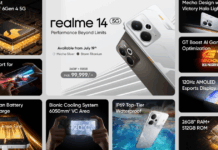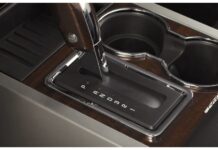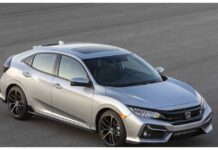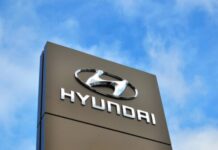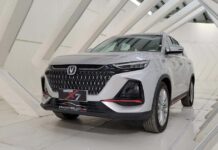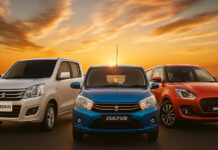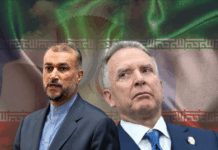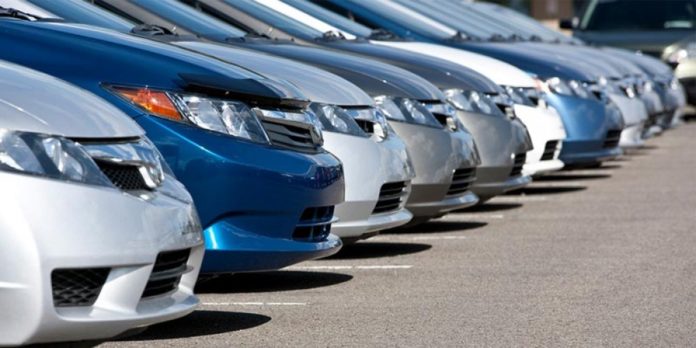Over time, there has been a notable shift in the automotive market scenario in Pakistan. The trip has been extraordinary, starting from the early days when owning a car was considered a luxury and ending with the current situation when imported cars are becoming a normal sight on the roadways. Let’s have a look over the years of importing cars to Pakistan.
The Initial Years Of Cars In Pakistan
Early on, there were only few models available, and the Pakistani auto business was still in its infancy. The arrival of locally built vehicles signaled the start of a period in which Pakistanis came to rely heavily on their automobiles.
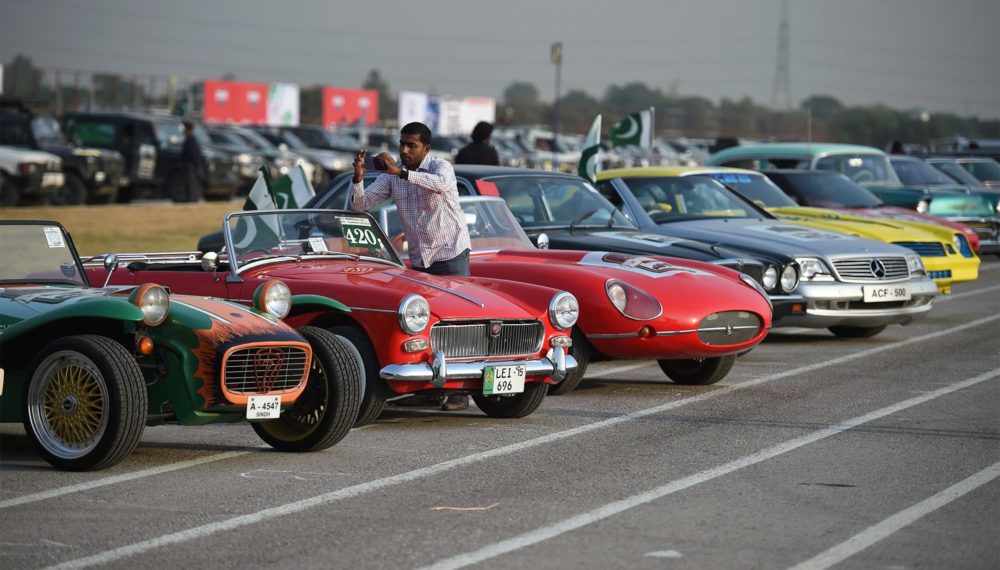
There have been two notable waves in Pakistani auto imports. The first one was in response to the increasing demand, Japan introduced reasonably priced and fuel-efficient cars during the first wave in the 1980s. The Nissan Sunny, Mitsubishi Lancer, and Toyota Corolla were among the popular models.
Why Would People Opt For Personal Cars?
Pakistan has a vast transport network that serves more than 240 million people. The nation’s trade and logistics have improved with the construction of new motorways and national highways in recent years. However, a disjointed public transit system presents problems for urban mobility, such as traffic congestion and uncertainty when traveling.
Despite improvements, Pakistan’s local transport system still faces challenges. Congestion and reliability issues make personal cars a preferred mode of transport for many. In Pakistan, personal vehicles are becoming the safest mode of transportation. They provide flexibility to travel without relying on public transportation timetables, convenience, and safety.
Breaking The Monopoly Of The Big Three
The Big 3— Suzuki, Honda, and Toyota— have controlled the market for many years. Because of their market dominance, they were able to set pricing, frequently rendering cars out of reach for the typical buyer.
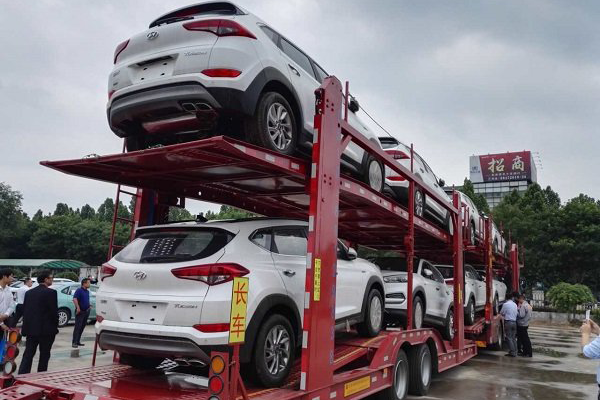
In the past, Suzuki has had the biggest market share, followed by Honda and Toyota. Collectively, these producers hold a substantial share of the market, with the Toyota Corolla emerging as a top performer. But this was all to change soon in the 2000’s when the second wave of imports hit the country.
With the flood of foreign automobiles, the monopoly started to break down. These cars had superior features and were more fuel-efficient in addition to being more reasonably priced!
The Business Of Imported Cars
A pivotal policy change facilitated the import of cars in large quantities, primarily from Japan and South Korea. This policy aimed to diversify the market and provide consumers with more choices. Imported vehicles become more and more popular because of their cutting-edge features and affordable prices. For many Pakistanis, these cars were an appealing alternative because of their reduced taxes.
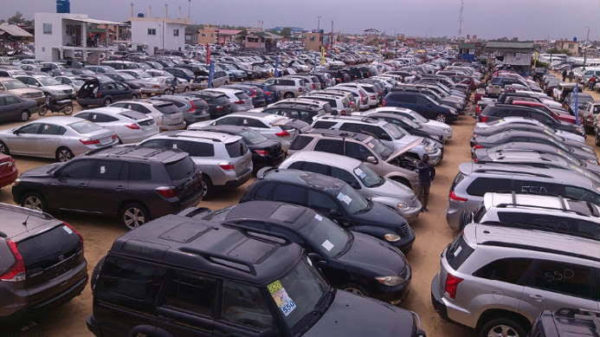
The desire for imported cars was tapped by the entrepreneurs, who were able to easily amass a fortune with the profits of importing and reselling these cars. It has closed holes in the market that local manufacturers have neglected, particularly in the mid-size premium class. But this has also brought about problems, like more local automakers facing competition and higher import taxes. Seeing this new policies were implemented in order to shoot down anyone who was making benefits from the old rules.
The goal of recent regulations has been to modify the mileage requirements for imported new cars and expedite the import procedure for Pakistanis living abroad. In an effort to boost market competitiveness and raise standards of quality, the government has also been exploring lowering taxes and levies on imported automobiles.
Future Of Imported Cars In Pakistan
Looking ahead, it appears that government talks, import restrictions, and new incentives for automakers will all have an impact on Pakistan’s import car market. The objective is to strike a balance between the advantages of imported vehicles and the expansion and sustainability of the domestic auto sector. With possible government talks with the IMF, lowering of imports, and new incentives for automakers, analysts predict positive developments in 2024.
Stay tuned for more automotive stories like these; this is your soon-to-be favorite friendly neighborhood gearhead Zayaan, Signing Off!


